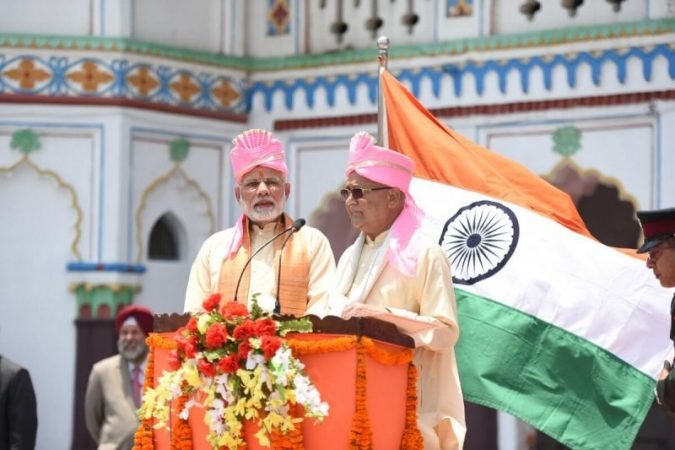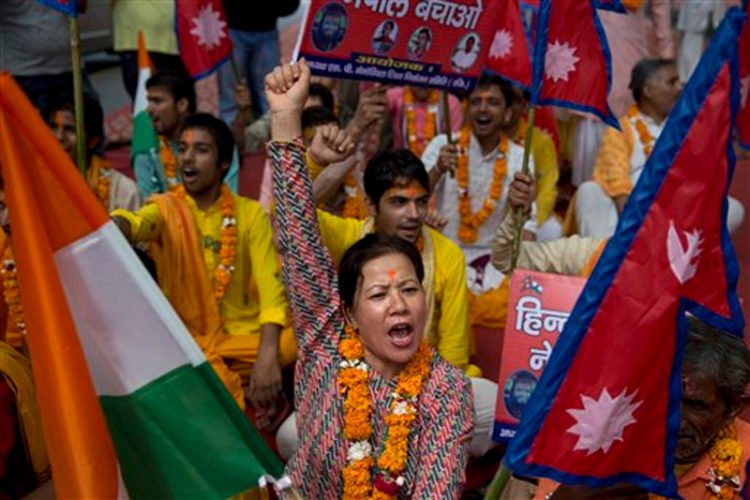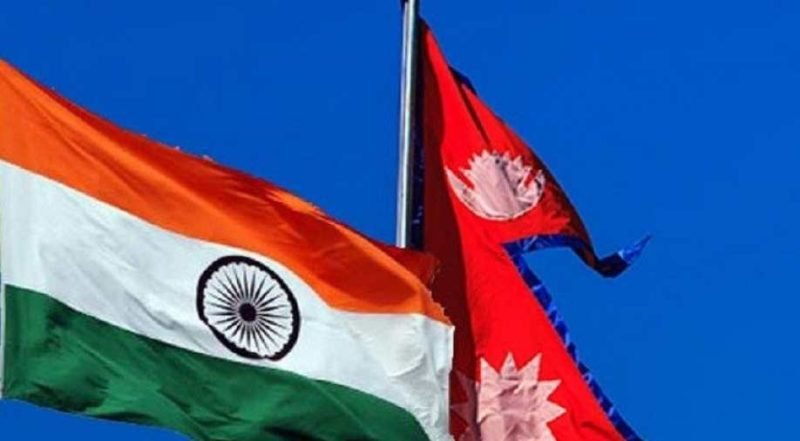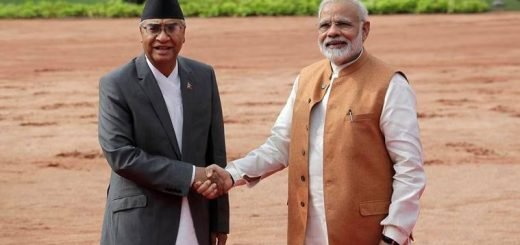India-Nepal: Is the strained relation finally reaching an end?

Nepal’s Foreign Minister is set to visit India on January 14, however, t prior to his visit the Prime Minister of Nepal, K.P. Sharma Oli while addressing a session of the Nepal National Assembly on Sunday has passed a comment that he plans on getting the territories of Kalapani, Limpiyadhura and Lipulekh back by holding a series of diplomatic talks with India. The growing political instability in Nepal and the comment passed by Prime Minister Oli on Sunday has in a way strained the ties more between the two neighbouring nations.
The new political map of India, in November 2019 as of late delivered by the public authority to represent the bifurcation of Jammu and Kashmir, has set off new fights over an old issue in Kathmandu. Planned inside Uttarakhand is a 372-sq km territory called Kalapani, lining far-west Nepal and Tibet. While the Nepal government and ideological groups have dissented, India has said the new map doesn’t update the current boundary with Nepal. Following reports about the distribution of the map, young people and understudies of the decision Nepal Communist Party and the resistance Nepali Congress went ahead of the roads. The Nepal government depicted India’s choice as “one-sided” and asserted that it will “safeguard its boundary”.

However, Nepal unveiled a new map of its territories in May 2020 it has been since met with a lot of criticism from India. The move drew sharp analysis from India which said that the map incorporates portions of Indian region The Ministry of External Affairs has condemned the release of the map as a “unilateral act.” This battle over the historical accuracy of a geographical territory is one that has been brewing between the two neighbouring countries for the past several decades now. The bone of dispute is the Kalapani-Limpiyadhura-Lipulekh trijunction between Nepal-India and China (Tibet). Situated on the banks of the stream Kali at a height of 3600m, the Kalapani domain lies at the eastern line of Uttarakhand in India and Nepal’s Sudurpashchim Pradesh in the West. India guarantees the region is important for Uttarakhand’s Pithoragarh locale, while Nepal trusts it to be essential for its Dharchula area. Matters reached a boiling point recently when India opened an 80-km road connecting Uttarakhand with Lipulekh, across the contested piece of land. Nepal has voiced its contradiction over India’s recently initiated Link Road that is interfacing the street for Kailash Mansarovar through Lipulekh Pass. The Nepal government communicated its difference and mentioned criticisms over the development of the road in Uttarakhand that associates Lipulekh Pass along the boundary with China.
The bilateral exchanges that had slowed down because of the severe boundary dispute were reset in the later part of 2020 with a progression of significant level visits, as New Delhi underlined that it considers itself to be the Himalayan country’s “preeminent companion” and advancement accomplice. Foreign Secretary Harsh Vardhan Shringla’s maiden’s visit to Nepal in November was generally pointed toward resetting bilateral ties. Shringla met Prime Minister Oli and other top political metal and stressed that India and Nepal are in the same spot and offer a similar vision.

Nepal Foreign Minister Pradeep Kumar Gyawali will visit India on January 14 to talk about the scope of issues with authorities here, including the new map that had set off strategic strain between the two nations a year ago. Gyawali set to hold a meeting of the bilateral joint commission with his partner during his visit. He will be the main senior-most political pioneer from Nepal to visit India after ties between the two nations crashed over a harsh line contest. “Our foreign minister will visit India on January 14 during which his discussion will be focused on the issue of the map that we have distributed with the consideration of the three domains,” said caretaker Nepal Prime Minister KP Sharma Oli during an address to the National Assembly, or upper house. With the strained ties between the neighbouring nations, the visit of the Foreign Minister may prove to turn the contested issues between the two countries. As, the Foreign Minister visit encompasses series of diplomatic talks between the two nations and even though K.P Sharma Oli had mentioned taking their territories back from India, however, PM Oli had also stated that Nepal is trying to deepen its ties with India based on sovereign equality and wants to deepen its ties with India in ‘true sense’. Thus, the visit of Nepal’s Foreign Minister may prove to be a turning point to Nepal and India’s strained relation since the last few years.


















